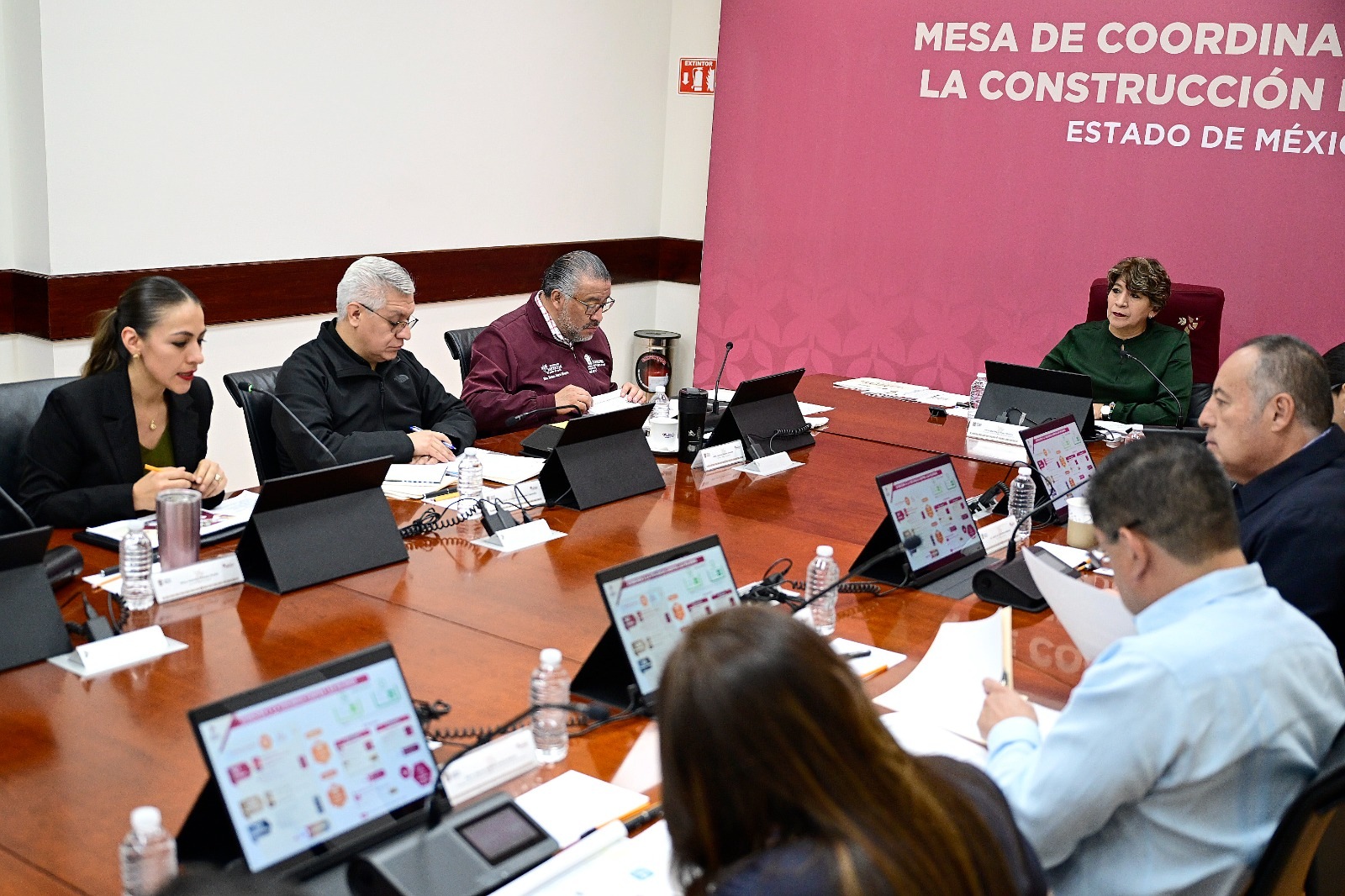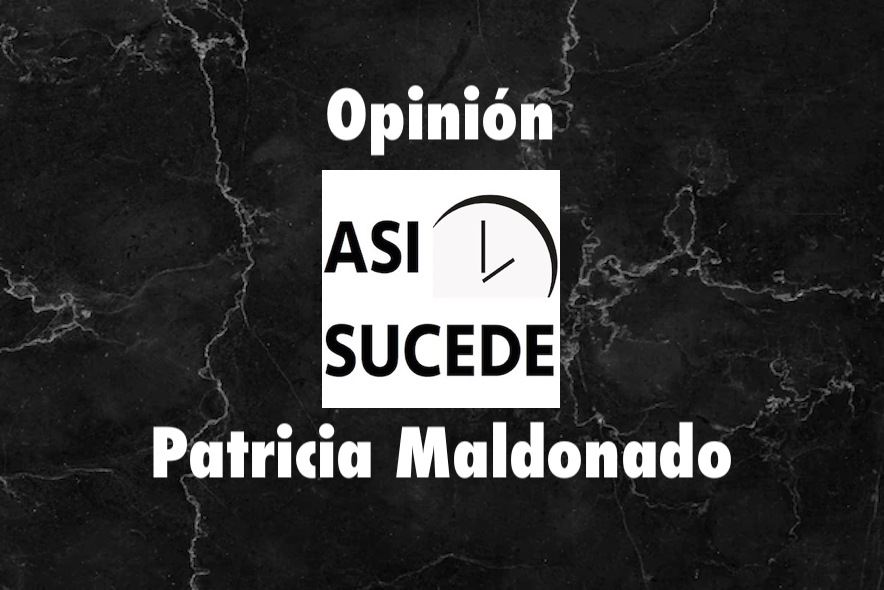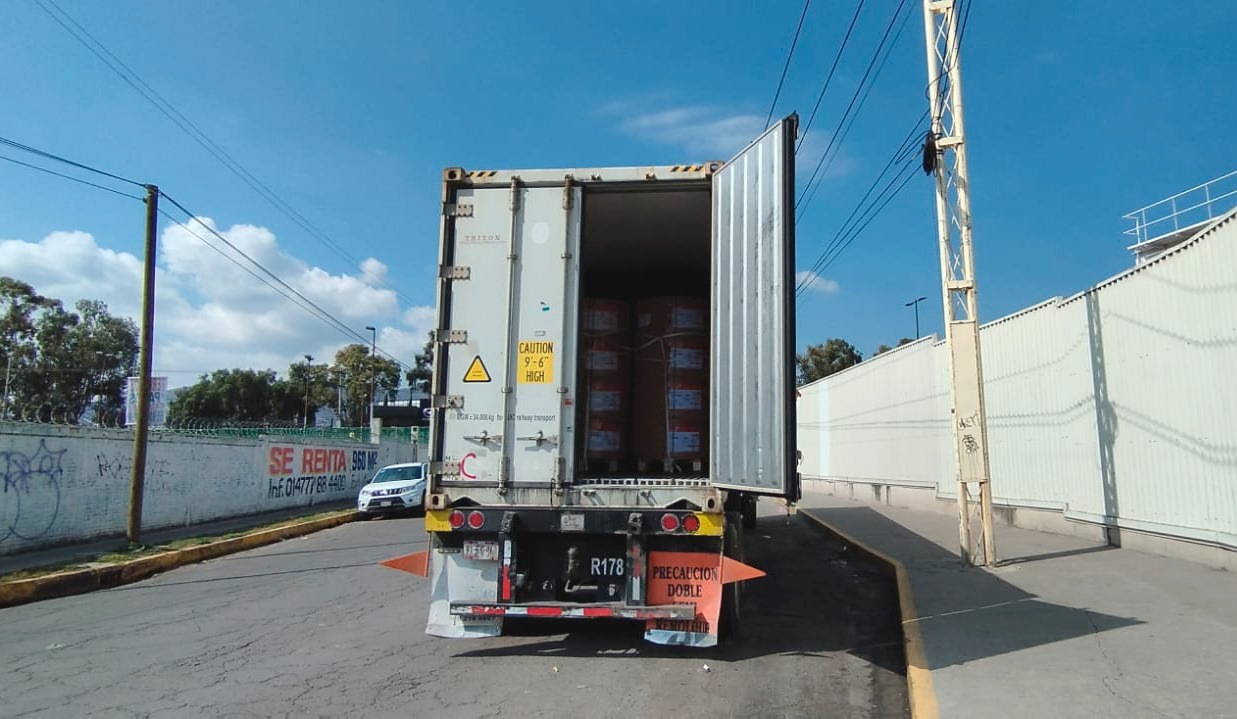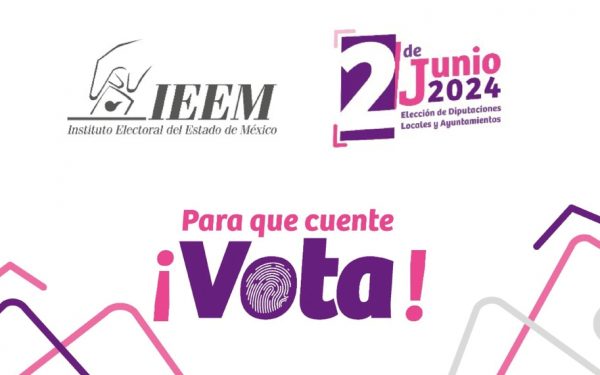La urbanización modifica el ciclo hídrico natural

De acuerdo con el Mtro. En Ciencias del Agua, Juan Manuel Becerril Lara, investigador de Instituto Interamericano de Tecnología y Ciencias del Agua de la UAEM, el Impacto hidrológico 0, sería un camino para combatir inundaciones y también para el aprovechamiento de agua pluvial para su almacenamiento y uso en otros sectores.

El investigador en Ciencias del Agua, mencionó que para tener una mejor gestión en el Valle de Toluca es necesario conocer la red hídrica, realizar modificaciones y la implementación de sistemas urbanos de drenaje sostenible, como sistemas de detención, retención e infiltración de agua.
Con estas implementaciones se buscaría obtener los mayores beneficios como reducir el número de inundaciones en temporada de lluvias, mejorar la disponibilidad de agua y ayudar a la infiltración de agua pluvial.
Mediante la implantación de una red de drenaje sostenible en las ciudades, se busca disminuir el impacto hidrológico urbano y alcanzar el impacto hidrológico 0 que se refiere concretamente en alcanzar las condiciones naturales de una zona determinada antes de la urbanización, es decir, dar las condiciones naturaleza del ciclo y flujo hídrico hacia los cuerpos de agua naturales como ríos.
Con este planteamiento se busca tener la menor cantidad posible de agua en las calles durante la época de lluvias y plantear la captación y reutilización.
Comentarios




